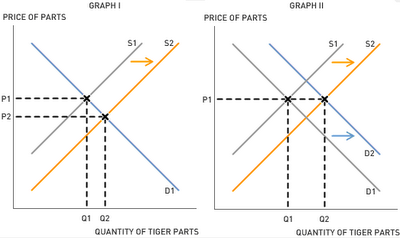Trash Talk
by Kasie R. Jean I recently moved from Philadelphia, where trash and recycling pick-up are included in property taxes, to a smaller town where my taxes cover recycling but not trash pick-up. The waste management companies where I currently live offer several pricing options for garbage collection:
I recently moved from Philadelphia, where trash and recycling pick-up are included in property taxes, to a smaller town where my taxes cover recycling but not trash pick-up. The waste management companies where I currently live offer several pricing options for garbage collection:1. Pay-by-weight at the dump: The catch is that there’s a minimum $15 fee, so you need to generate lots of garbage to make this worthwhile.
2. Pay-by-the-can pick up: You pay a nominal charge, usually about $3-$3.50, per 33-gallon trash can. Under this option, your fee fluctuates directly with the amount of garbage you produce.
3. Flat rate: You pay a flat monthly fee of say $10, and this includes only 1 trash can pick-up per week. If you have more than one can, you pay an additional fee, but if you don’t have any trash, you will not receive any credit for future collections. This service makes sense if you reliably generate 1 can per week.
I decided to go with option two: pay-by-the-can pick up. Each Tuesday morning, I put out my 33-gallon trash can (if it’s full), and the lowest cost trash company I could find ($3.00 per can) comes to collect. The window in my home office overlooks the road, so I typically hear any cars and trucks that drive by. To my surprise, I heard five different waste management trucks drive by my house in one day! My immediate reaction was: How can this be efficient? Surely there are economies of scale to trash pick up?
Consider the following simple example. Suppose there are four houses located along Country Road. The road is a one way street, so the only way to drive by any of the houses is to drive east along Country Road, passing by all four houses with any trip. If a trash collection company is hired to pick up trash for House 1, what are the additional costs associated with picking up trash at any of the other three houses?

One could argue that the additional costs are negligible. In other words, the cost of picking up trash at the first house is high because you have to have a trash collection truck, a worker to drive it, a worker or two to collect the trash, fuel, etc. But once you’re out on Country Road, the marginal cost of collecting trash from the surrounding houses is just the wear and tear on the truck’s brakes, a slight wage expense to your workers, and the cost of taking care of the additional waste (such as bringing it to the local dump).
It’s probably true that the average cost curve for a trash collection company is not strictly downward sloping since once a certain number of houses are served, the company would need to obtain additional trucks and workers. I would still argue that there are economies of scale for trash collection companies once they enter a particular neighborhood. It seems silly to me that in a given week I see at least ten different trash collection trucks drive by my street.
Wouldn’t it be more profitable for all companies if they each monopolized a small region? The additional cost of collecting trash from a neighboring house must be smaller than the additional cost of servicing a house in an entirely different neighborhood. Even without changing prices, revenue would probably remain constant while costs would decline, leading to higher profits for each firm.
Discussion Questions
1. What kind of market structure does trash collection represent? If the city decided to step in and control trash collection for my town, what pricing options might it choose?
2. Do consumers benefit at all from having several waste management companies to choose from with different pricing schemes?
3. If the city allowed waste management companies to “monopolize” particular neighborhoods, how might this affect the market? What are the effects of competition on prices, welfare, and pick-up quality (such as timeliness, effectiveness, etc)?
4. Given the number of trash collection companies in my neighborhood, what does this say about the profitability of this industry? If the town does not have strict anti-trust laws, would it be profitable for one firm to buy out all the others? What problems might arise if only one firm controlled trash collection for my entire town?
Labels: Average Cost, Marginal Cost, Monopoly


 I love Radiohead. Really, love. I still remember sitting in my car in the record store parking lot with one of my best friends, listening to their fourth record,
I love Radiohead. Really, love. I still remember sitting in my car in the record store parking lot with one of my best friends, listening to their fourth record, 
